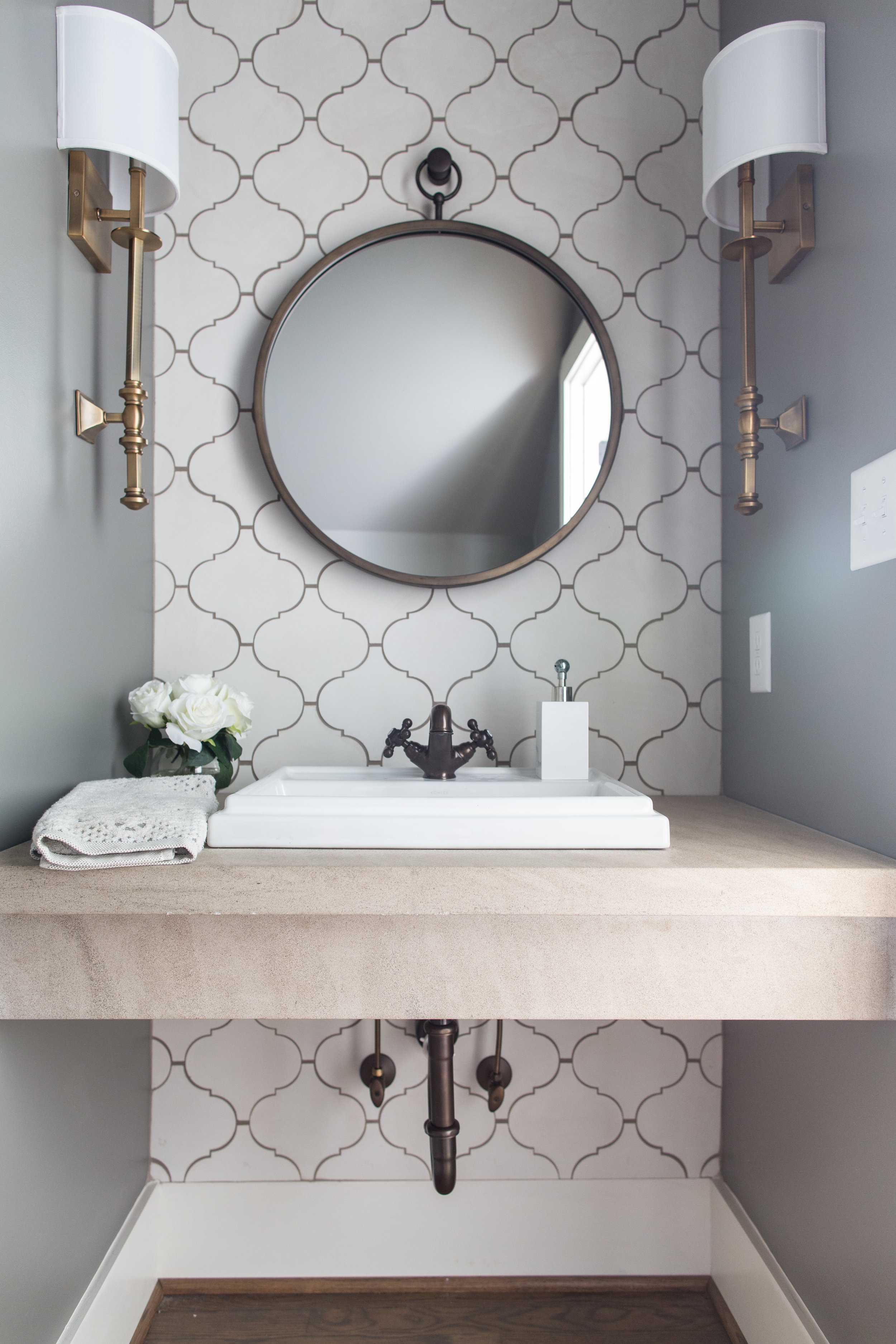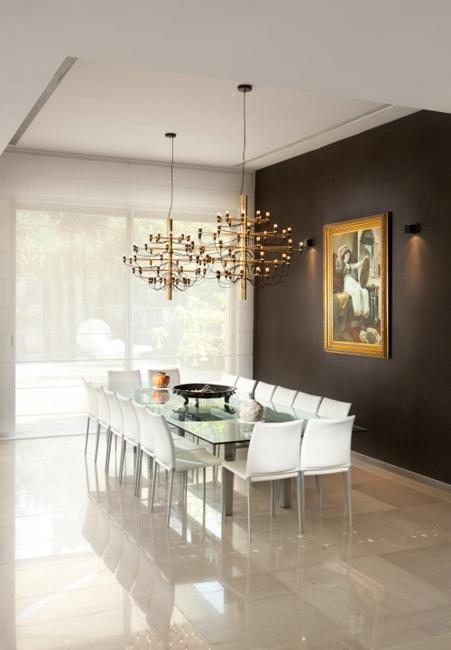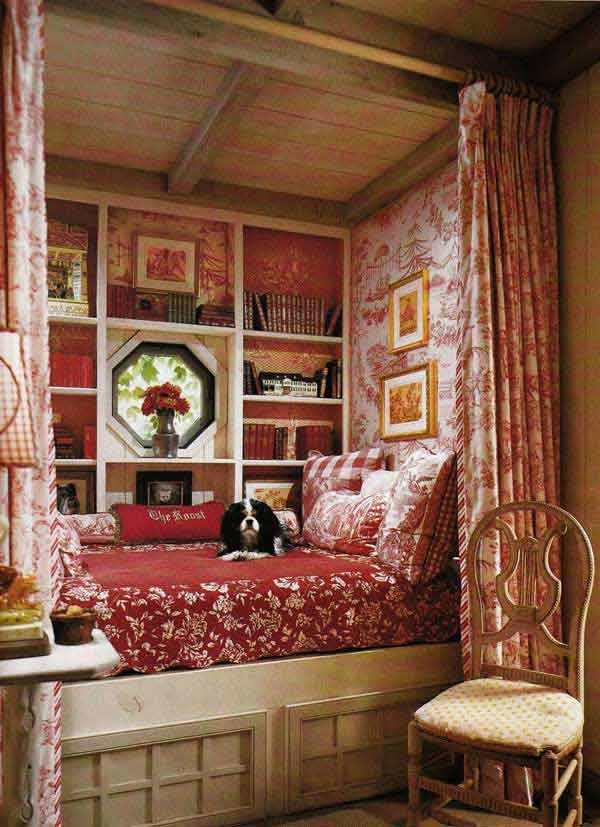Table of Content
Right in the realm of spectrum that convinces our body it's day. I created a simple setup where tapping the top "on" part will toggle between "bright" and "off", and tapping the bottom "off" part will toggle between "low red light" and "off". In my experience (as someone who has advocated for f.lux and natural lighting since the early days) even when people are directly exposed to the benefits it’s still difficult for them to change habits. The work/life autopilot just does not seem to have room for it. Now I have an entire home with hue downlights + bulbs that does circadian lighting and while its not nearly as elegant of a solution as Twist , it is pretty great and a huge life changer to me and my fiancè. Your home CAN support your health, happiness, and circadian rhythm without needing to purchase an expensive whole-house circadian lighting system.

As the human body ages, both day and night vision deteriorate. Moreover, light can often cause confusion if there is a glare or an unusual pattern. This is heightened when a person suffers from some sort of cognitive condition, such as dementia or another severe memory problem, which The Alzheimer’s Society reports around 80% of care home residents experience. And once the circadian rhythm is off kilter, it can lead to issues such as fatigue, obesity, diabetes, depression, mood disorders and sleep disorders. Certain immune functions, once regulated by the circadian clock, can even be disrupted.
BIOS Origins – NASA and Circadian Lighting
I also feel like I am sleeping much better and have more productivity while working. I work half of my work days from home so this affects quite a bit of my day. Circadian Lighting is syncing your color lights with the local perceived color of the sky throughout the day.

If it was up to me, I'd get rid of the hanging lights and go back to the 90's light canisters in the ceiling. There was a 5000K fluorescent above the closet that I replaced with a fixture from the thrift store, that has a mix of orange and red bulbs. Circadian lights and dimmed (don't have color bulbs there) bathroom lights at night with motion sensor are alone a reason big enough to start this domotic journey.
SIGN UP TO RECEIVE YOU-INSPIRED LIVING!
At its most complex, it is a proactive system geared towards occupant wellbeing guided by elements of design and technology working in unison, creating a beautiful, healthy and functional space. The issue with the way most buildings are lit relates to how traditional lighting was first conceived. Artificial lighting was always meant to keep humans operating well into the night for the sake of productivity, and for all that its worth, it does its job well. Often operating on a fixed color temperature and brightness, an average fluorescent bulb is designed to keep people active well past the sun’s departure. ‘Your circadian rhythm is basically a 24-hour internal clock that is running in the background of your brain and cycles between sleepiness and alertness at regular intervals. It's also known as your sleep/wake cycle.’ It works best when you have regular sleep habits, such as - quite simply - going to bed at night and waking up in the morning around the same times from day to day.

I just run 2700K bulbs for almost every light in the house (excepting the garage & my workshop), and in some areas I make it very bright in lieu of going towards the blue end of the spectrum. In my office, the ceiling light is a daylight bulb, but i also have a couple lamps with warmer lights. During the day, I run the ceiling light, and after sunset, turn the ceiling light off and turn the lamps on. Our tech enabled smart circadian lighting without configuration, an app, or wifi. The lightbulbs worked without any smart gadgetry necessary. Warmer, reddish, low lighting that mimics the sunset triggers the body to relax, unwind from the day, and prepare for sleep.
How Lighting Can Help You Create a Good Sleep Routine
I think Zigbee will be supported and products will continue to be available for a while. Or a self-hosted Thread software might also end up existing. The last two automations and are needed because a door is a secure accessory and those require confirmation if added directly to an automation. But if you trigger them via a dummy switch, you can avoid the confirmation. HomeKit is pretty powerful if you're willing to bolster it with Homebridge and use an alternate app for configuring it .
With true circadian lighting, our bodies are getting better daytime light signals which can help improve sleep, mood, and our overall sense of well-being. Jelly, a fan of Huberman Lab’s podcasts, concluded that sleep initiation was his principle issue. “I’d go to bed at wildly different times, sometimes very late, and I’d still be unable to sleep until 3am,” he recalls. He also wakes, sleeps and eats at set times each day (circadian-friendly routine setting being another hacker preoccupation) and hopes to wild camp this coming winter. A 2017 study found that a weekend of winter camping can “entrain” our circadian rhythms to nature’s light-dark cycle, resulting in the earlier winter sleep and wake times of our pre-industrial (or pre-electric lighting) forebears. Today, winter camping is a vogue among hardier circadian hackers.
TRANSFORMING CARE THROUGH CIRCADIAN LIGHTING FOR OLDER ADULTS AND THOSE LIVING WITH DEMENTIA
Even during new moon with a cloudy sky there is usually so much light pollution that it is never completely dark. I mean if your bathroom windows were on the other side of the house or had no street lights shining into them, you wouldn't be able to see... You could have saved all this trouble and just used time-tested incandescent bulbs.

Basically, you can pin your virtual day to have at least e.g. 12 hours of daylight with optionally even more based on the real sun. Starting with adaptive_lighting 1.2.0, it is possible to specify a max_sunrise_time and/or min_sunset_time that ensures that the virtual sun always rises at at most a specific time and sets at at least another specific time. 8800 lumen on ceiling would be more like 800 lux at normal distance. Which is a bright room but not sunlight bright which is needed for SAD. When I was living in Germany I felt like I was an astronaut in December because it never got very bright during the day and the nights seemed to last forever.
Just to be pedantic, the current iPadOS _does_ support it. But there will be an update to the Home software later this year that removes the ability for the iPad to serve as a home hub. FWIW, Apple HomeKit + Hue has supported this for a few years (fall 2020?), they call it Adaptive Lighting, and for me this has been a killer app.

My biological clock quickly got unstuck and started running free. I agree that most indoor lights are not bright enough, but that's mainly because there hasn't been an easy way to regulate them. There's no reason why you can't light your living space to 500 or more lux at 6500k and regulate it down at night, and something like this makes it easy to do.
The cost of a lamp a tunable bulb and a fraction of an rpi is almost certainly lower than the cost of 2 lamps and 2 bulbs. Open the curtains/blinds, when the sun comes up, sunlight gets in. I would easily pay 30+ USD per bulb if it had time-sync and NO internet connection (LAN optional and not a must-have). Our low power clock + super cap added $1.25 of BOM which translates to $2.50-$3 of cost to the user. This is exactly a product idea I had and a product I have been desperate to find and buy. Included the "no cloud connection or hub needed" being a desired feature.

No comments:
Post a Comment